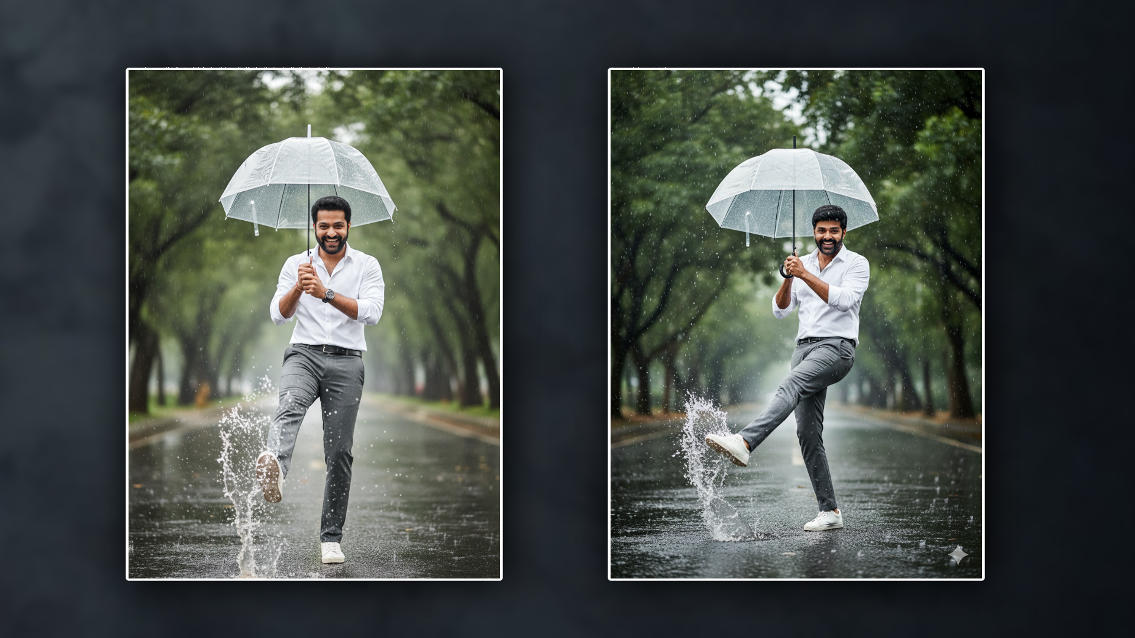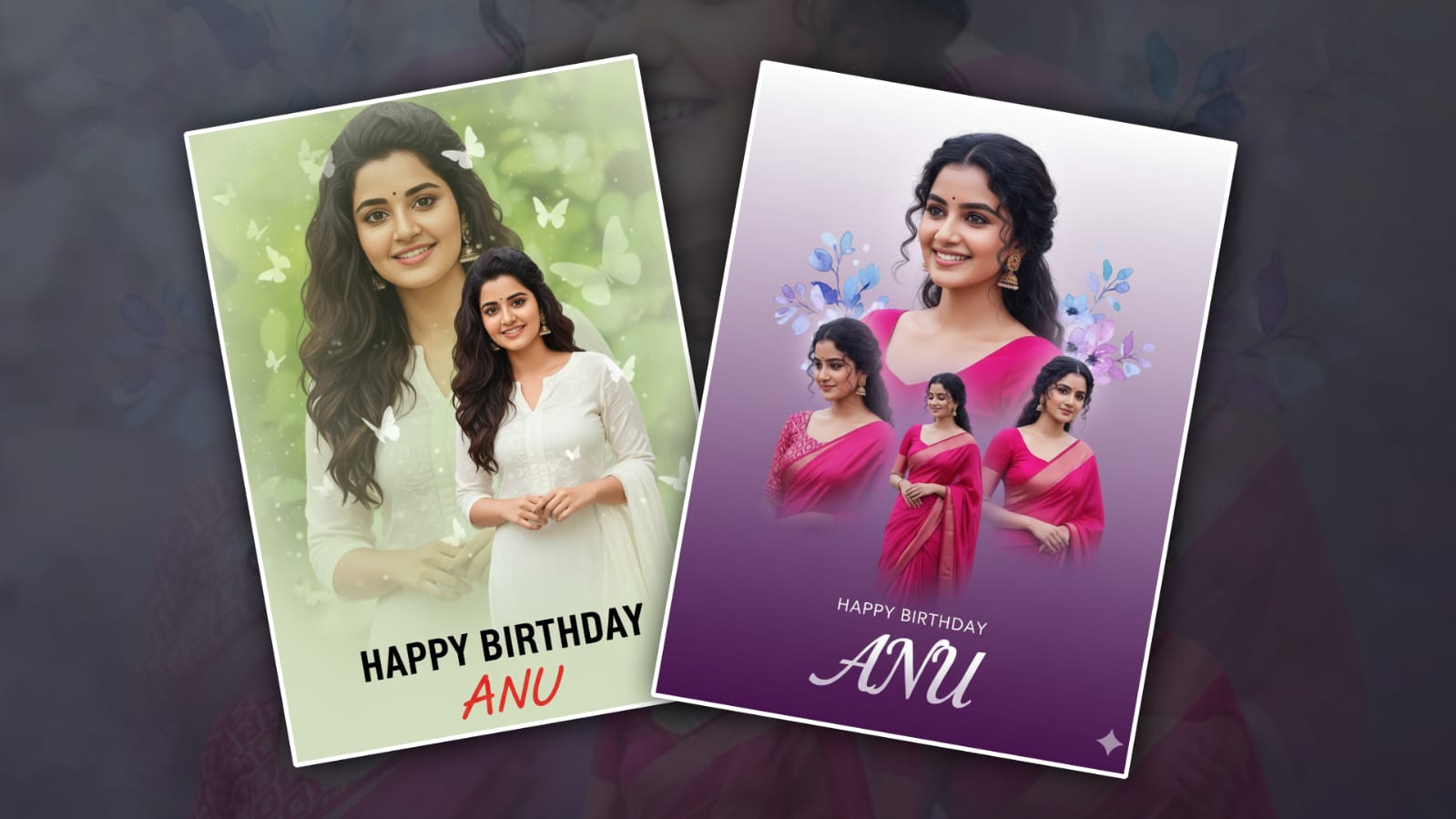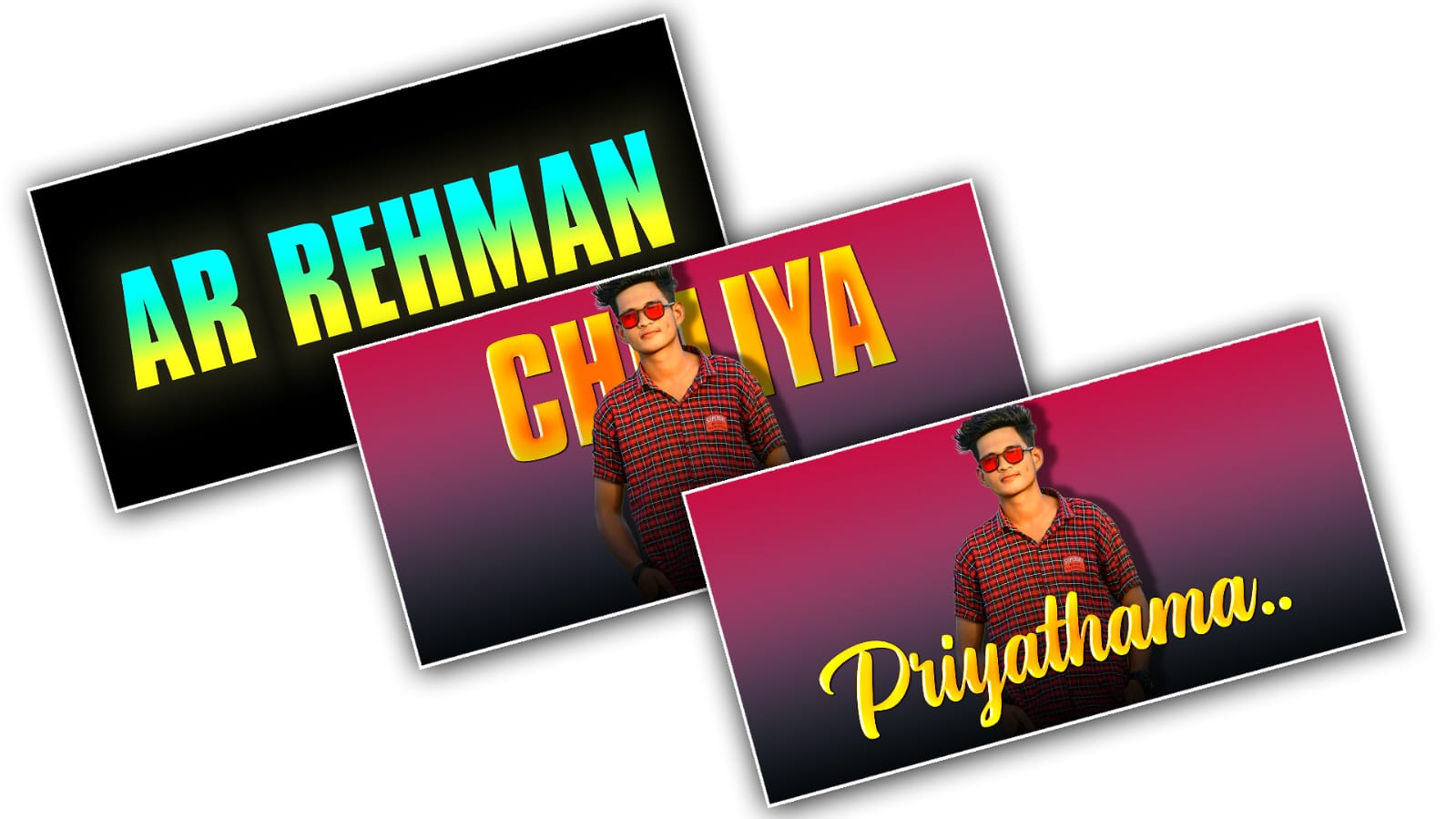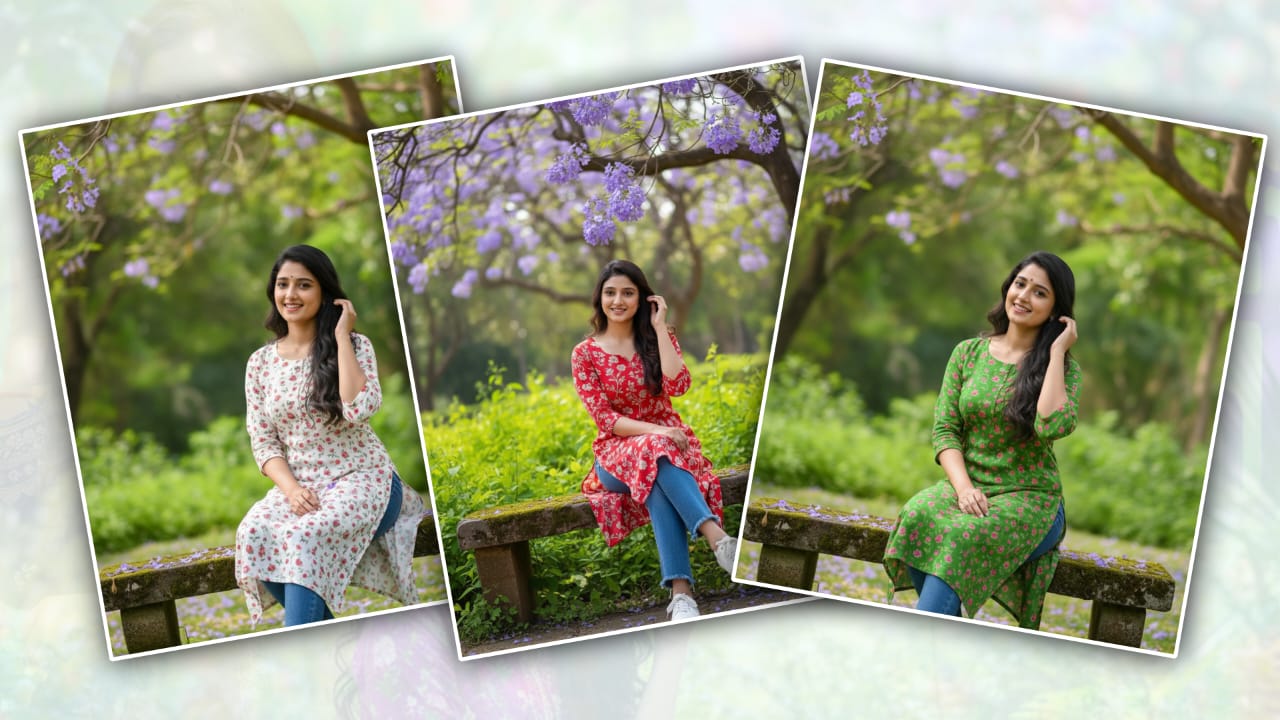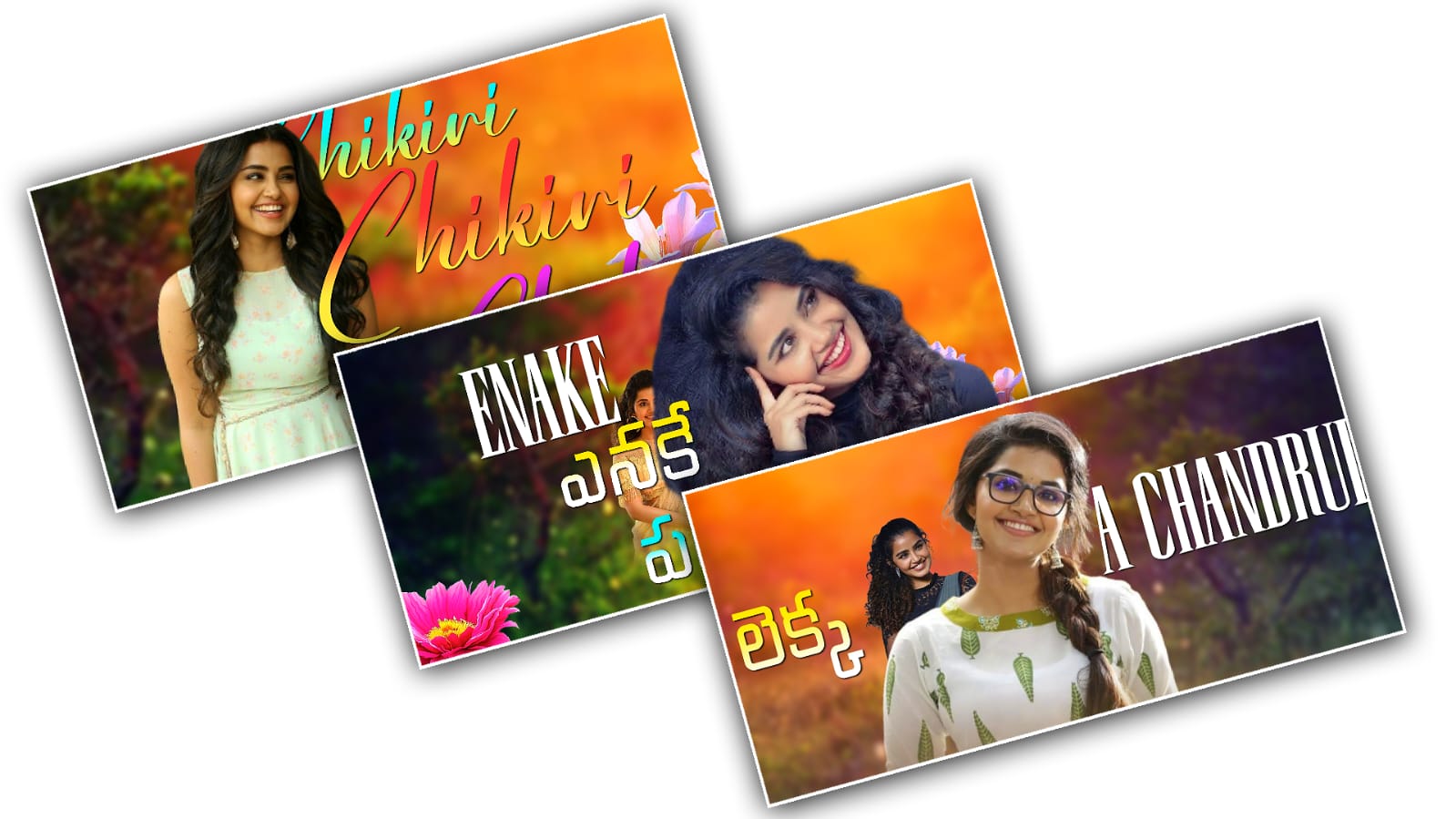Hello friends, welcome to our interesting topic, friends. In this article, I will explain to you some tools to edit some trending photos attractively. I will explain to you about editing tools. They will be very useful for you. Read the articles completely and learn and edit them yourself. However, with today’s technology, most of the AI tools are available. Thanks to these tools, we can edit very fast without wasting much time. These tools are increasing day by day. You can also edit with AI. I will tell you about two types. I will tell you about using some applications, and also, I will tell you how to edit with AI.
How to do photo editing with AI
These tools also have many tools, that is, there are no tools for photo editing separately, this is just one of them, that is, you can use one for your work, in which this editing also gives only text, not photo editing, in some AI tools, it gives an answer to every question you ask immediately within a few seconds, these artificial tools can be used for students, it can be for suggestions to establish a company, it can be used for anyone, it can answer the questions that are in their mind immediately, this will help many people. However, it could also edit the photographs which might be currently trending very well and lead them to the manner we adore them. Now let’s examine how it works. First, you open any AI tool, and after opening it, you can edit your photo with any photo or cartoon photos in this AI. If you want to edit your photo, if your photo is in HD quality, it will be better for you. Make sure that the quality of your photo is high. First, what you do is open any tool, and if you have to log in, log in. Then click on the plus icon. You will see the upload files option. Click on it. Then select a photo that you like. If you have multiple people while editing a photo, if you want to edit how many photos you want to edit in the same frame, you have to add all the same photos at once. Or if you want to edit a single photo, select a photo and give text in its language that the tool understands. We call it a prompt. Just give the text, and it will generate it for you in a few seconds. Each AI tool takes time to develop. Similarly, it takes time to edit the photo. However, video editing is also available in some tools, some of which are free, and some of which have to be paid for. However, earlier, many software applications were used to do this photo editing, which was a waste of time. These tools now make editing very easy for us and are very useful for all content creators. For those who have learned editing and continue to do it as a fashion, this is like a disappointment because they have worked very hard and worked hard for a few months to learn that course, but even after learning it, it will not be useful for them. Whatever course they have learned will lose its value. Even so, have you learned? You are also using these tools to edit trending attractive photos at the next level. Moreover, with these tools, video editing is also being done at the level of making a movie. By adding good background music to them, they are being edited in 3D as real estate. Due to this, it can be completed very easily in a few minutes without any software. Editing has many more options and is being used in many ways.
First, you open any AI tool, and after opening it, you can edit your photo with any photo or cartoon photos in this AI. If you want to edit your photo, if your photo is in HD quality, it will be better for you. Make sure that the quality of your photo is high. First, what you do is open any tool, and if you have to log in, log in. Then click on the plus icon. You will see the upload files option. Click on it. Then select a photo that you like. If you have multiple people while editing a photo, if you want to edit how many photos you want to edit in the same frame, you have to add all the same photos at once. Or if you want to edit a single photo, select a photo and give text in its language that the tool understands. We call it a prompt. Just give the text, and it will generate it for you in a few seconds. Each AI tool takes time to develop. Similarly, it takes time to edit the photo. However, video editing is also available in some tools, some of which are free, and some of which have to be paid for. However, earlier, many software applications were used to do this photo editing, which was a waste of time. These tools now make editing very easy for us and are very useful for all content creators. For those who have learned editing and continue to do it as a fashion, this is like a disappointment because they have worked very hard and worked hard for a few months to learn that course, but even after learning it, it will not be useful for them. Whatever course they have learned will lose its value. Even so, have you learned? You are also using these tools to edit trending attractive photos at the next level. Moreover, with these tools, video editing is also being done at the level of making a movie. By adding good background music to them, they are being edited in 3D as real estate. Due to this, it can be completed very easily in a few minutes without any software. Editing has many more options and is being used in many ways.
How to edit with applications
Editing is done in applications, but these are done on a computer or on a mobile phone. So, in the course they have learned, it is easy for anyone to edit it. Since everyone has a mobile phone, I will explain to you using an application on a mobile phone. For example, Pix Art is a very important application. It is a top-level application at the moment because in this, everyone can easily remove the background of the photo in HD and at the next level. Some of these PNG images are background images. It contains many images, like texture images, colour images, and also includes video editing. Now, after opening this application, some options will appear at the bottom, including projects and the publishing home. If there are some like this, a plus icon will appear in the middle. Click on it. Then, select any photo from your mobile, or you will see some background images there. Select any background images and then crop them in the ratio or resolution that suits you. For this, click on the tool option and crop it. After that, add the photo of your photo that you clicked on. Then, if you want to remove the background of that photo, click on that photo. An eraser option will appear at the top. Click on that option. Then a person’s option will appear at the bottom. When you click on it, mobile data should be on in your mobile for it to work. Now it will remove the background in a few seconds. Then you can move that photo wherever you want. If you cannot remove it properly because of the background, you can use another option again and do whatever you want. There is also a restore option. If you edit anything extra, press store. Use these options to make adjustments properly. Then, if you want to add any photo-editing-related image to it, you can click on the sticker option and click on search for the sticker you like and add it. Now, to colour-repair these photos, click on the adjustment option, and there are many options here. Make adjustments here. T,n if you want to add text to that photo, you can click on the add text option and type some text. Later, if you want to apply a font to that text, there are many fonts available by default; you can use them, or if you want a font of your choice, there is also an add-on option there. Go into it and add the point of your choice, and you can use it. You can also edit in the language of your choice. This way, you can use these tools to edit trending picture edits as you want. If you’ve got any doubts approximately this newsletter, please comment within the feedback phase.
It contains many images, like texture images, colour images, and also includes video editing. Now, after opening this application, some options will appear at the bottom, including projects and the publishing home. If there are some like this, a plus icon will appear in the middle. Click on it. Then, select any photo from your mobile, or you will see some background images there. Select any background images and then crop them in the ratio or resolution that suits you. For this, click on the tool option and crop it. After that, add the photo of your photo that you clicked on. Then, if you want to remove the background of that photo, click on that photo. An eraser option will appear at the top. Click on that option. Then a person’s option will appear at the bottom. When you click on it, mobile data should be on in your mobile for it to work. Now it will remove the background in a few seconds. Then you can move that photo wherever you want. If you cannot remove it properly because of the background, you can use another option again and do whatever you want. There is also a restore option. If you edit anything extra, press store. Use these options to make adjustments properly. Then, if you want to add any photo-editing-related image to it, you can click on the sticker option and click on search for the sticker you like and add it. Now, to colour-repair these photos, click on the adjustment option, and there are many options here. Make adjustments here. T,n if you want to add text to that photo, you can click on the add text option and type some text. Later, if you want to apply a font to that text, there are many fonts available by default; you can use them, or if you want a font of your choice, there is also an add-on option there. Go into it and add the point of your choice, and you can use it. You can also edit in the language of your choice. This way, you can use these tools to edit trending picture edits as you want. If you’ve got any doubts approximately this newsletter, please comment within the feedback phase.
PROMPT HERE
A young guy standing in the center of a rainy road retaining a transparent umbrella, wearing a white blouse, grey slender-suit pants, and white sneakers.He is smiling even as playfully kicking the water on the road with one leg, growing splashes. The background shows blurred inexperienced timber lining each aspects of the wet road, with tender natural daytime and raindrops visible.Cinematic portrait images, sharp attention on situation, bokeh history, vibrant colorations, realistic rain effect.
(one hundred% correct unique face must seem in the photo l uploaded)
